Chord Mojo 2
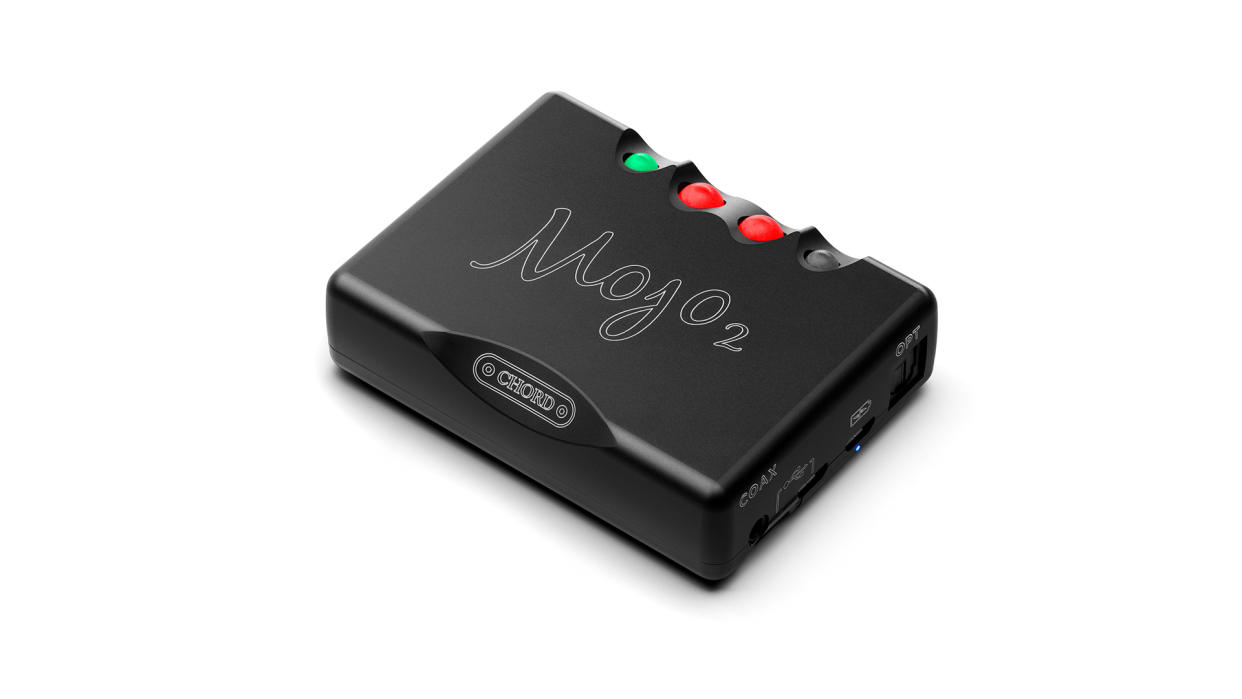
Few real-world (read: not ludicrously expensive) products can be considered real game changers in hi-fi, but in 2015 the Chord Mojo burst onto the then-fledgling portable DAC/headphone amplifier scene as one of them, flag in hand and ready to claim territory.
The palm-sized device justified its elongated name (‘Mobile Joy’), pushing the parameters of what was possible for compact, on-the-go sound quality in the three-figure price domain – so much so that it set the performance benchmark at its level, largely uncontested, right up until it was discontinued in late 2021.
The fittingly named Mojo 2 is the long-anticipated, re-engineered replacement. And while those familiar with Chord’s most affordable products will see from this review’s accompanying images that the aesthetic hasn’t exactly been overhauled for the sequel, significant progress has been made elsewhere to protect its position as the pinnacle of portable DACs.
Features
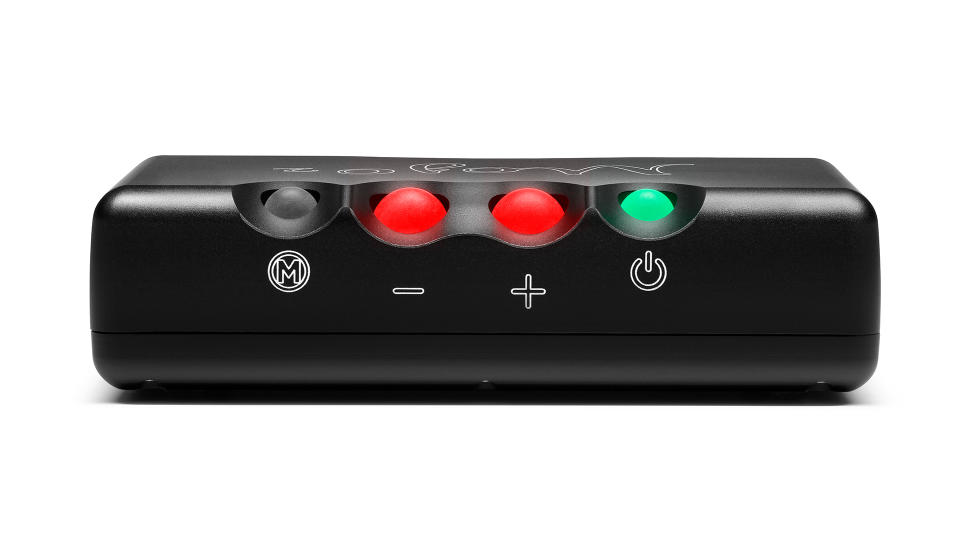
The headline development lies inside the aluminium casework and is what Chord is calling the ‘UHD DSP’, supposedly the world’s first lossless digital signal processor. We’re seeing the word ‘lossless’ more than ever in today’s digital-savvy world as more software and hardware companies strive towards bit-perfect reproduction of digital music, and here the sky-high promise is customisable digital-to-analogue conversion that doesn't degrade sound quality along the way.
Indeed, Chord’s new proprietary 104-bit processor has opened the Mojo 2 up to a smattering of new features, most notably tonal adjustments across the frequency range (there are now 18 steps of adjustment in each of its lower bass, mid-bass, lower treble and high treble bands) and a four-setting crossfeed that aims to reproduce a more spatial, loudspeaker-like soundstage.
Chord has also strived to advance the Mojo’s sonic accuracy by eliminating coupling capacitors, introducing a new noise-shaper, and tweaking its 4e Pulse Array DAC.
Elsewhere, a key element of the Mojo’s portability has been redesigned – the battery. The Mojo 2 still charges over Micro USB (a short micro-USB-to-USB cable is included, with Chord recommending that’s used with a charger capable of outputting a minimum of 2 amps), but here a new FPGA-based charging system has been designed to deliver not only faster but also more efficient and cooler charging. To that end, Chord says overall capacity has improved by nine per cent and battery life is now ‘better than eight hours’ (the claimed figure of the original Mojo). To help maintain the Mojo 2’s juice pack over its lifetime, Chord has also improved its Intelligent Desktop Mode, a state the DAC automatically enters when it’s connected to a charger for a good length of time to prevent the battery from overcharging.
Perhaps the most practical advancement, however, is the addition of a USB-C input, which joins the existing optical, Micro USB, and 3.5mm coaxial (which supports sample rates up to 768kHz when partnered with a Chord M-Scaler and dual-data cable) inputs on one of the Mojo 2’s end panels. The USB-C input has of course emerged as a portable device favourite in recent years, now the socket of choice for Android phones, Apple MacBooks and Apple iPads, to mention a few. The future iPhone 15 and beyond will likely adopt this connection too, although current models can still be connected to the Mojo 2 via a Lightning-to-USB-C dongle.
Design
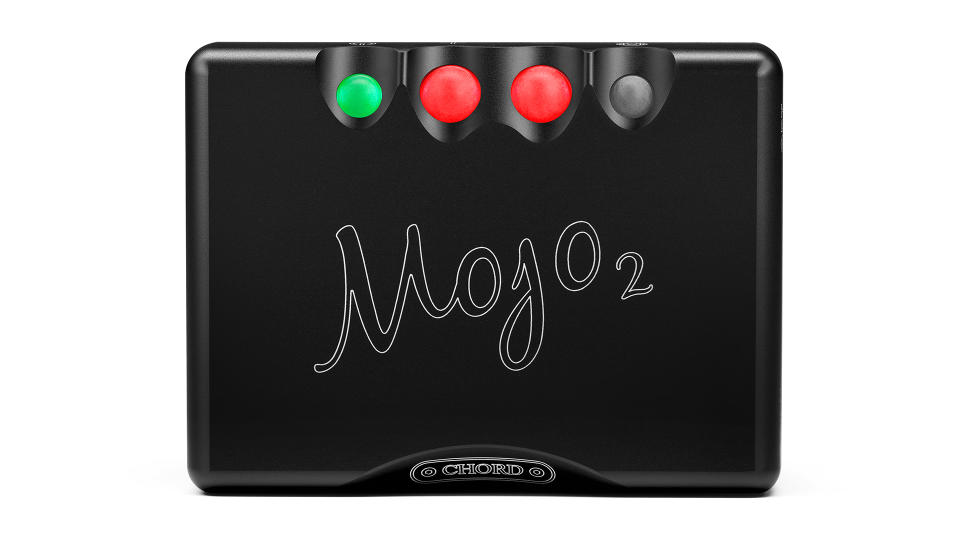
The new socket has been tucked just underneath the coaxial one, causing a very small lip on the Mojo 2’s underside to accommodate it. Chord has chosen this ever-so-slightly awkward arrangement to ensure the new Mojo’s compatibility with its dedicated, 2017-released streamer module, Poly, whose prongs align with the DAC’s input sockets for a hand-in-glove connection between the two devices. If Poly compatibility hadn’t been an issue, there would have been an argument for scrapping the Micro USB input, although owners of what can now probably be classed as legacy digital devices will no doubt be pleased it stays. This ongoing Mojo 2/Poly cooperation does perhaps lessen the likelihood of a near-future Poly successor, though.
On the other-end panel is still the pair of 3.5mm headphone jacks allowing up to two people to listen simultaneously (note that the volume of each output cannot be independently controlled). But as you bring your eyes to the unit’s front, as those Chord-trademark polychromatic, polycarbonate control spheres demand, you’ll notice another physical alteration. The aforementioned broader functions brought by the new UHD DSP have necessitated the need for a menu system; a fourth button to sit next to those for power and volume up and down.
Chord Mojo 2 tech specs
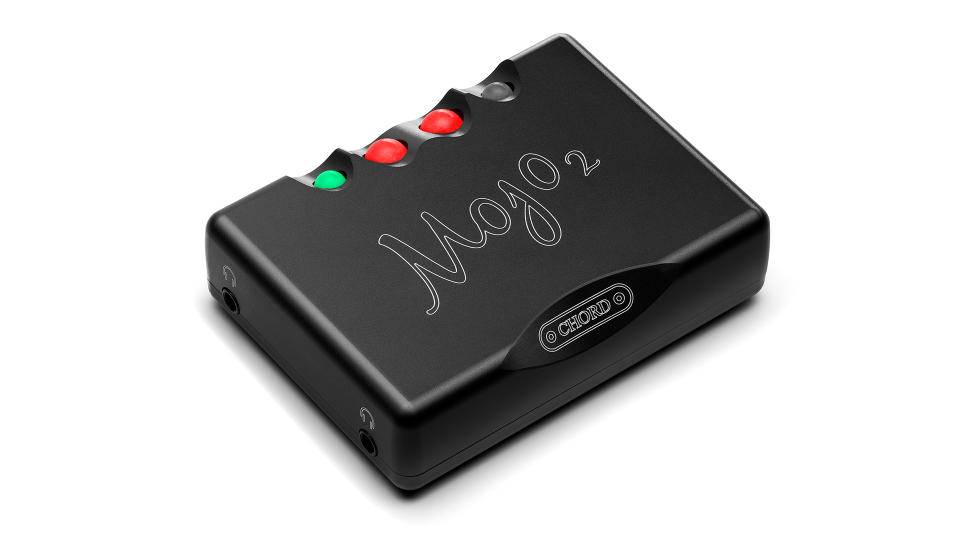
Headphone outputs 3.5mm x2
Inputs Optical, 3.5mm coaxial, USB-C, Micro USB
Charging port Micro-USB
Battery life Eight hours
Weight 185g
Dimensions (hwd) 22.9 x 83 x 62mm
To accommodate the extra button, Chord has reduced the size of the Mojo’s control spheres, with the two middle volume buttons sensibly bigger than the power and menu ones on either side of it. Their smaller size and close positioning mean that rather than haphazardly poking a finger in their general direction and likely rolling it over the right one, a bit more precision is required to plant it where you want it. For many no doubt, that slight inconvenience will be worth it for the extra functions the menu brings – that is, if they have the patience for the convoluted colour coding it requires. You don’t need to have colour vision deficiency to not get on with this kind of ‘display’, but you will need Chord’s (admittedly, neatly spelt out) instruction manual to have any hope of navigating it all.
While the control spheres on the original Mojo illuminate certain colours to signify volume and file sample rate, there’s much more to decipher here, and it does have us wishing Chord had succumbed to adding more spheres (one for crossfeed would’ve been handy) or handed volume duties to a separate dial instead. As it is, the menu button presses cycle through different colours that represent different features, such as button brightness alteration and a lock control (which disables accidental presses during travel use – handy when it’s in a pocket or bag).
For example, pressing it twice accesses the tone control adjustment, whereby four equalisation DSP modes (lower bass; mid-bass; lower treble and high treble) can each be adjusted in 18 1dB steps using the volume up and down buttons. This allows users to create a flatter response from headphones that may be overbearing in one frequency band or another, or just to create a tonality they prefer. Pressing the menu button once, followed by the volume up button moves through the (effective and worthwhile) crossfeed levels, too. We don’t want to spoil all the fun, mind, so we’ll let you research the rest.
Having been in the company of our original Mojo sample for the best part of seven years, we feel confident vouching for the quality of Mojo 2’s almost identical build (even if our Mojo has spent most of that time inside the dedicated leather jacket accessory, a version of which is also available for the Mojo 2 of course). The Mojo 2 can still run a little warm – especially when in a pocket for a period of time – but reassuringly doesn’t hit the slightly unnerving temperatures the original can.
Sound
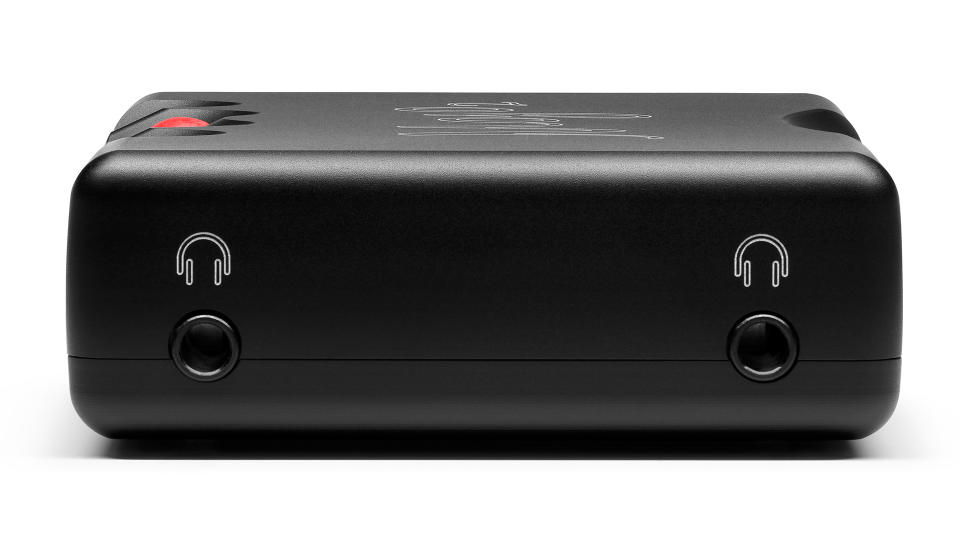
As we alluded to at the beginning of this review, Chord didn’t need to squeeze any more performance out of its Mojo. The portable DAC offered far and beyond the performance of anything similarly priced during its lifetime. In fact, it wasn’t a million miles from the quality of Chord’s thrice-the-price original Hugo model. But in the name of innovation, and in the face of increasing competition from portable hi-fi players like iFi and AudioQuest, Chord has chosen to elevate its most affordable DAC to new heights regardless. And these heights are, if not dizzying, higher than we perhaps expected.
During our testing, we use the Mojo 2 with an Apple Macbook Pro laptop, Samsung Galaxy S21 phone and Chord Poly streamer, and then later in amidst our reference hi-fi system too, and every partnership is pleasing – and not just because we no longer need to add a USB-C to Micro USB adapter dongle to some of them.
We aren’t exaggerating in saying that Chord has advanced the Mojo in pretty much every sonic area. The Mojo’s soundstage has been opened up for the sequel and that extra depth and dimension has been filled with greater resolution that is not only unmistakably present thanks to a big boost in clarity but also more precisely placed. A listen to Ludovico’s Rolling Like A Ball in hi-res is enough to tell us as much; the leading edges of piano notes are crisper without compromising the flow of the piece, while harmonic subtleties are more easily discernible, the differences between the two DACs’ renditions comparable to moving from the fourth row to the front of an audience.
Play a Tidal Master of Elbow’s What Am I Without You, and the organ opener lurches forward with more texture and exuberance, the echo clings eagerly to Guy Garvey’s more tangible crooning, and the bass notes are substantially plumper. Not only a blessing in its maturation of the Mojo 2’s soundstage, but the distinct openness also does wonders to capture the atmosphere of the choir accompaniment in this track.
These refinements help give the Mojo 2 a more neutral, crisper and livelier character than its predecessor, whose presentation ultimately feels comparatively confined and a little coloured. Music has the vividity of a stained glass window here – bright, intricate and demanding of your attention. Unsurprisingly, the updated Mojo/Poly pairing (possible when the Poly is firmware updated to 3.0) is even more of a delight in light of the new Mojo’s expanded talents.
Verdict
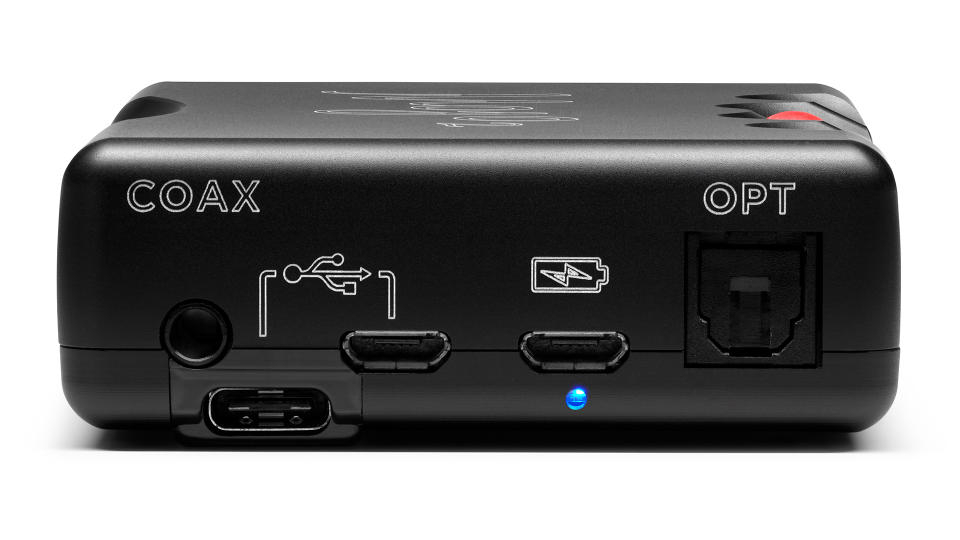
While from a performance point of view the Mojo 2 can just as confidently raise a hi-fi system’s game too, some of those looking for a system boost might reasonably prefer a dedicated system alternative with more suitable connections, such as the Cambridge Audio DacMagic 200M. However, for those who are after a primarily portable or desktop DAC solution in this price region (and cannot triple their budget to Chord Hugo 2 territory), we believe the decision 'to Mojo 2' or 'not to Mojo 2' is far easier. And what about existing Mojo owners? Honestly, Chord has left us no choice but to recommend the upgrade.
SCORES
Sound 5
Features 5
Design 3
MORE:
Also consider Audioquest's Dragonfly Cobalt
Read our review of Cambridge Audio's DacMagic 200M
These are the best DACs 2023
See all the What Hi-Fi? Award 2023 winners

